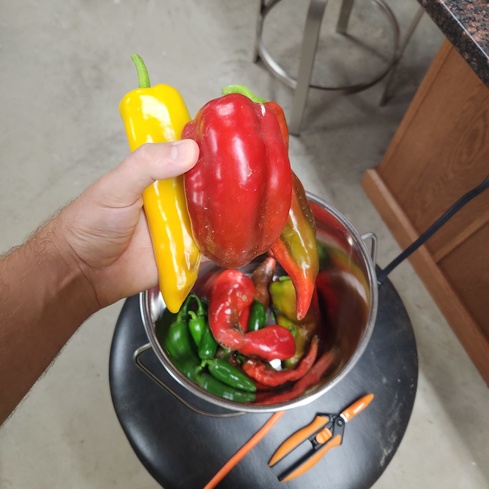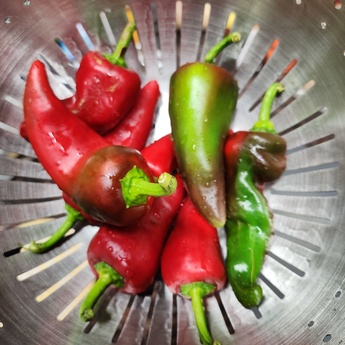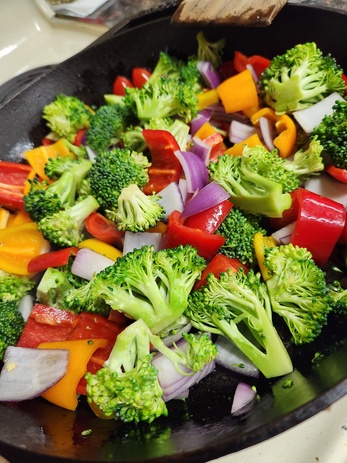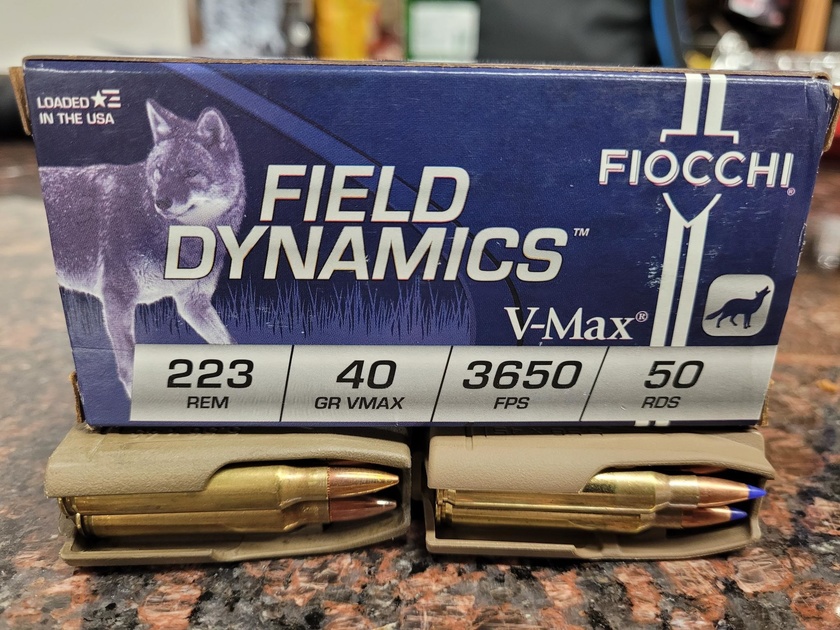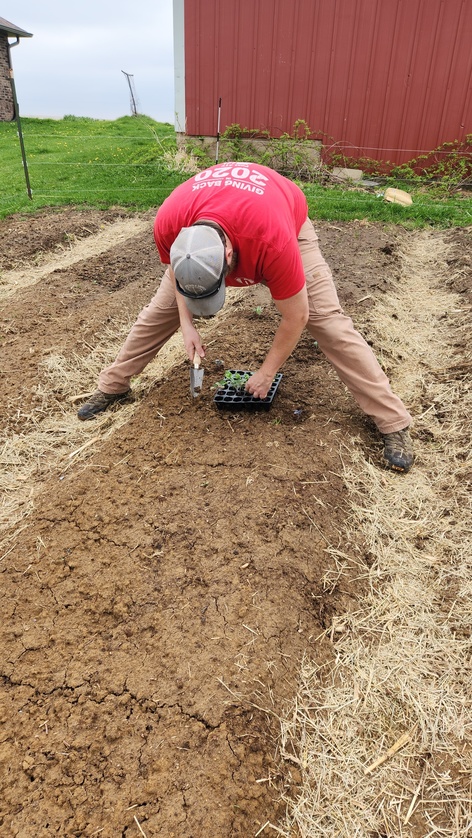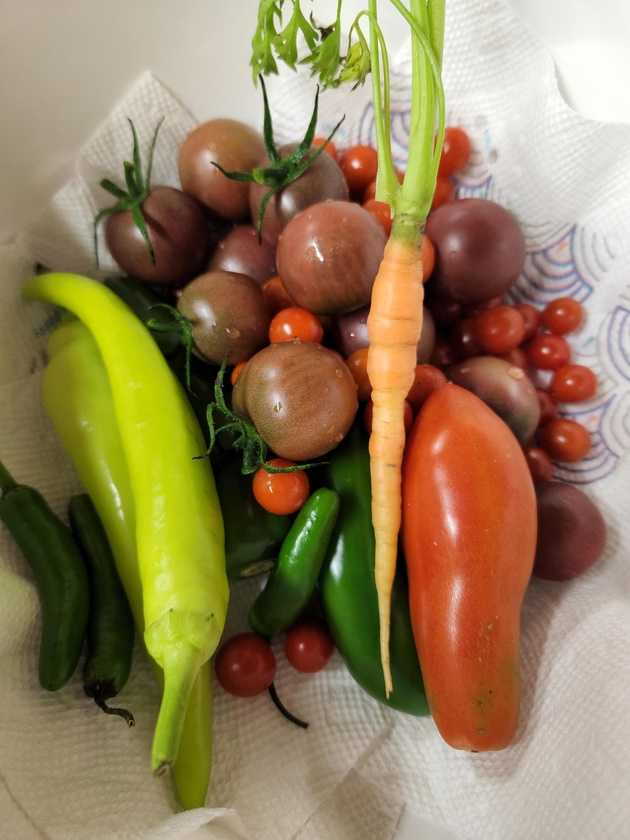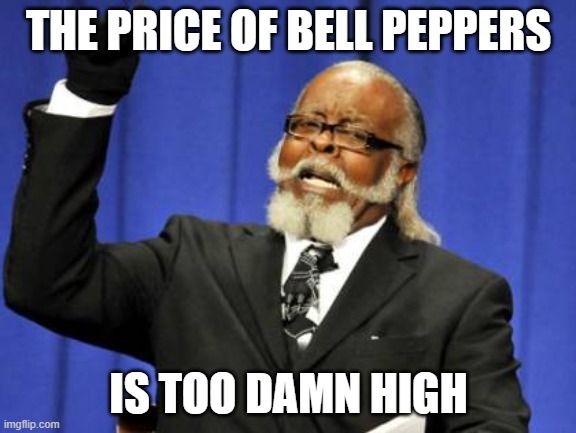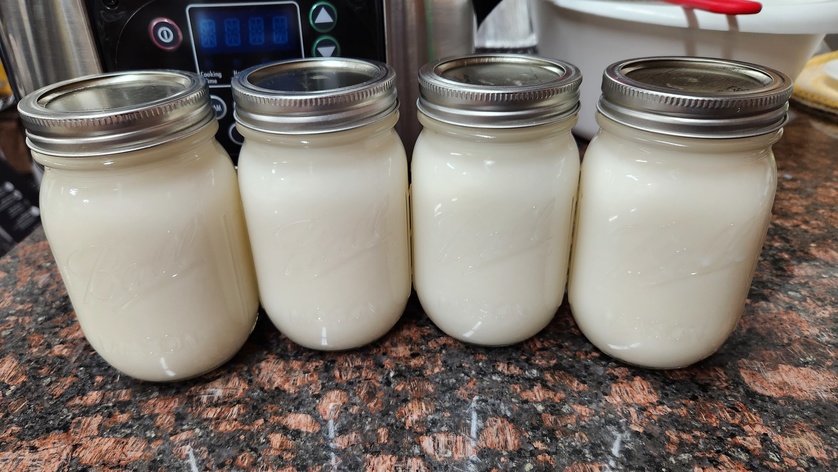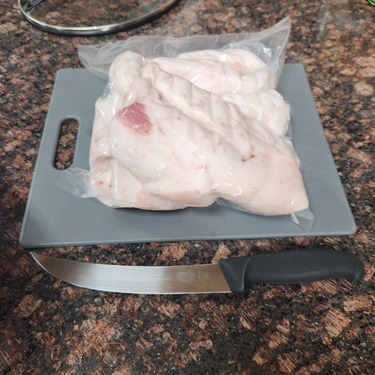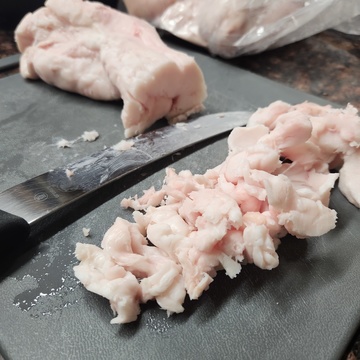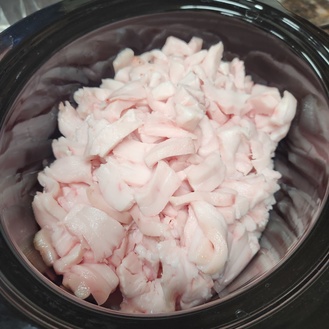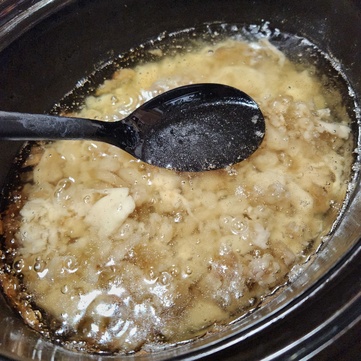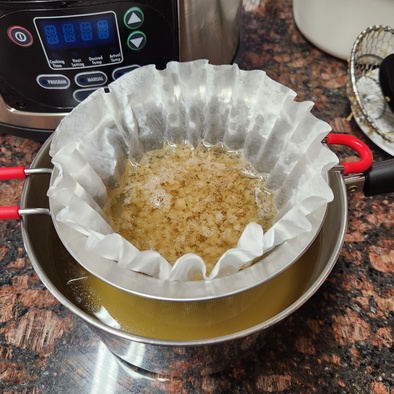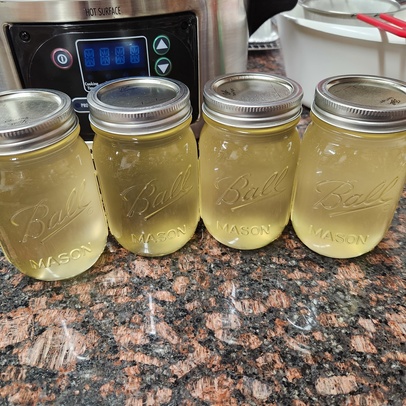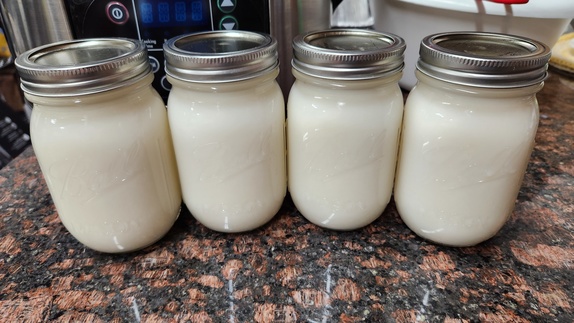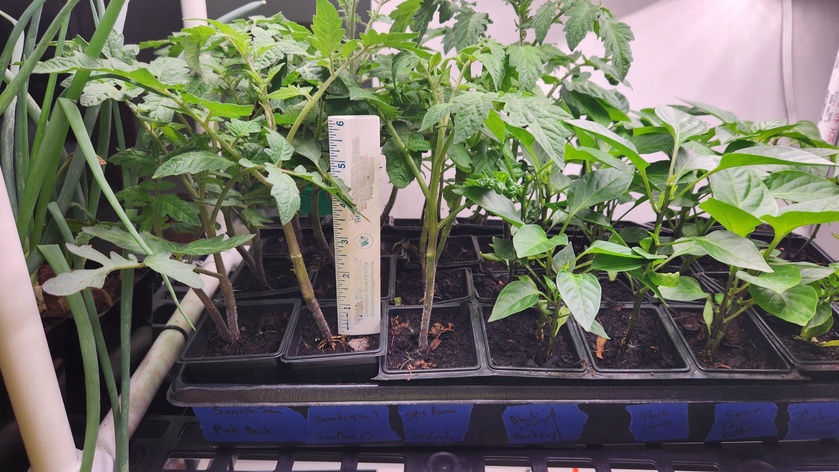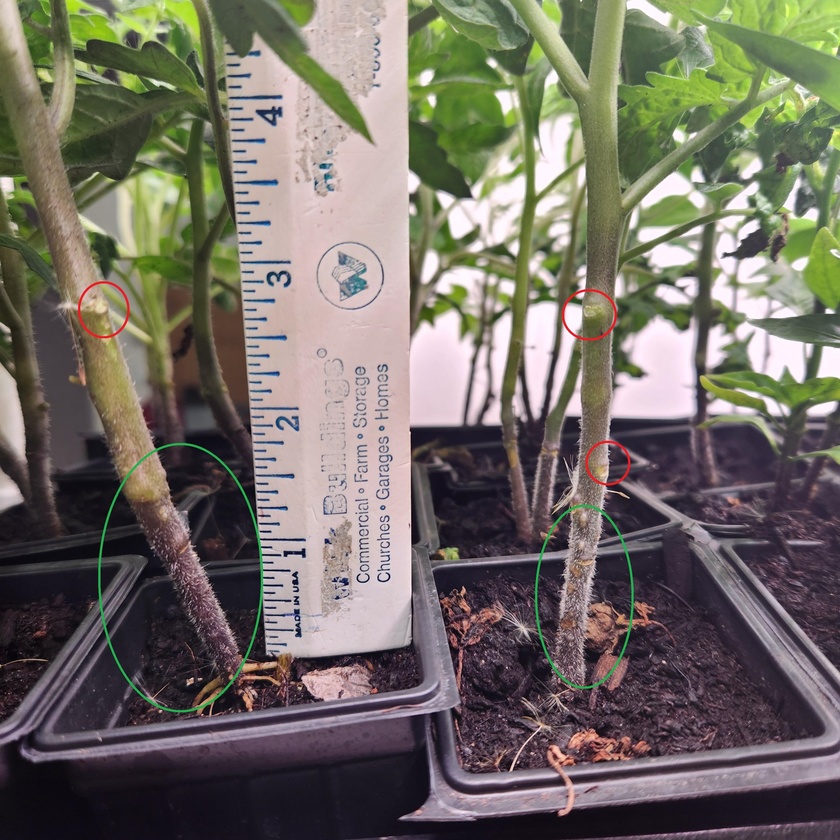Hiatus Over, NAP is back and declaring unrestricted war!
It's been a minute but we're back in action. An unexpected move and job swap, but here we are. I'll be making a full video soon discussing some lessons learned in the garden planning and planting that we did this spring, but for now I want to focus on a more narrow topic: varmints.
When choosing a location for our garden we were a bit limited. The spot we chose has several buildings and we were aware of a groundhog that came out in that area several times a day. The garden went in, we kept an eye out, the groundhog was terminated. What we didn't anticipate was the groundhog having 4 babies that were previously confined to the den. Once they got hungry enough they emerged and began foraging in the area immediately next to the garden. The race to kill them off before they found our plants was on.
3 methods have been implemented and each has been only somewhat effective. There are people who claim feeding groundhogs double bubble gum will kill them. They chow it down by the bag but it hasn't killed any that I have witnessed. The second method I attempted was offering poison worms (intended for moles). I placed 4 worms at the entrance of their tunnels. 2 disappeared and 2 were thrown about and never touched again. After a few days, it was clear that 4 of 4 babies were still alive and well. This brings us to the last method of removal: shooting them.
I've used my AR for these tiny terrorists primarily because it's the only firearm I have handy at the moment. Shooting groundhogs with a .223 should be a pretty straightforward affair, but unfortunately this has not been the case for me. The location of the garden and proximity of a feedlot, horses, house, and shed mean that getting a clear shot on these boogers is very limited. Additionally, most of the ammo I have is not designed to pick off small animals. If you've ever fired tracers you may know this, but .223/5.56 have a pretty nasty habit of bouncing. Lot of factors can contribute to this, but when shooting (even into dirt) it's important to understand how damn unpredictable that bullet can be after you send it.
When shooting varmint number 3 of 5 it was right along side my (woman's) prized tomatoes. The bullet hit its intended target, bounced, and tumbled straight through the center of a tomato stalk, effectively slicing it in half. Pictures below show the key-hole and fragmentation in the can that was around the base of the plant, along with a screen shot of the conversation breaking the news to my future wife. Spoiler: she hasn't left me yet. The moral here is get the right tool for the job. In this case the remedy for me is swapping ammunition. I'm going from 55gr FMJ to a 40gr polymer tip round (pics included).
The next issue I experienced is one that is completely my own fault. Training is important for a reason. If you aren't knowledgeable about your gear, you can't expect it to always perform the way you want it to. In this case, this particular rifle is not one I regularly fire. I added a Vortex strike eagle on it last year, zeroed it as best I could at a 25 yard range and haven't touched it since. When it was time to shine, I ended up wounding 2 animals terribly.
I'm no bleeding heart hippy but when you drop the hammer on a creature it's your responsibility to kill that animal quickly. I failed at that which has motivated me to make some serious improvements: Confirming zero frequently, practicing the fundamentals, and ensuring I know my surroundings well enough to confidently and effectively engage a target without fear of any further collateral damage. I could make excuses and say that rifle was supposed to be a competition gun. It is. That does not excuse my lack of practice with it before using it on a living creature.
Conclusions:
1. Pests are a part of the farming game. Build in redundancy to protect your assets.
2. Know your target, what's beyond it, around it, and plan for the fact your bullet may go somewhere you didn't intend.
3. Right tool for the right job helps mitigate issues.
4. Groundhogs love bubble gun. If it doesn't kill them, it's still decent bait.
5. Poison products may or may not work. I don't like them because it seems very loose and uncontrolled.
6. A groundhog, tin can, and tomato stalk are not enough to stop a .223 or break an engagement.
